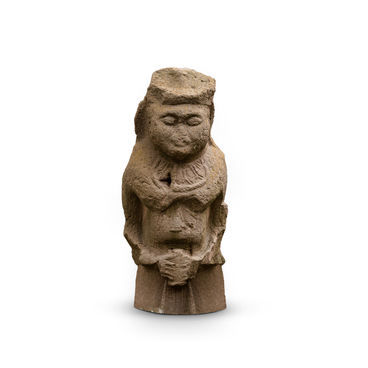In the Upper Paleolithic period, flint continued to be the primary raw material for stone tool production. This material was considered more malleable and convenient for early humans than other types of rock. When working with flint, sharp edges or convenient shapes could be achieved with greater certainty, making it an ideal material for tool making. In order to locate this valuable resource, early humans carefully searched river valleys and gullies.
The deposits of flint could be located at considerable distances from settlements, requiring the Upper Paleolithic people to travel for extended periods. Sometimes, they had to walk hundreds of kilometers. Once they discovered the areas where flint was present, the ancient humans extracted the necessary pieces for their own use. They did so using wooden stakes and small hammerstones. The latter were also utilized in the production of other stone tools.
In the early stages of the Stone Age, humans learned to utilize pebbles and other rocks as tools to process mined materials. These tools, which are commonly referred to as hard hammers in scientific literature, were used to create a distinctive impact mark on the processed materials.
Initially, these simple tools were sufficient for early humans. However, as the need for more refined tools arose, they began to develop softer hammers made from processed fragments of horn, bone, and wood. These softer hammers produced a less distinct impact mark.
The production of stone items was a complex and multi-stage process that underwent significant improvements over the course of millennia. Starting with the processing of the edge of a pebble, humans progressed to creating thin, elongated blades through the use of prismatic reduction. This method was based on the use of a lithic core (nucleus), which is a piece of flint with convex flake scars and a smooth striking platform. To fashion a core from a rock, a preliminary form known as a pre-nucleus was made. This pre-nucleus had a platform for future flaking areas and a relief that allowed for the removal of chips.





